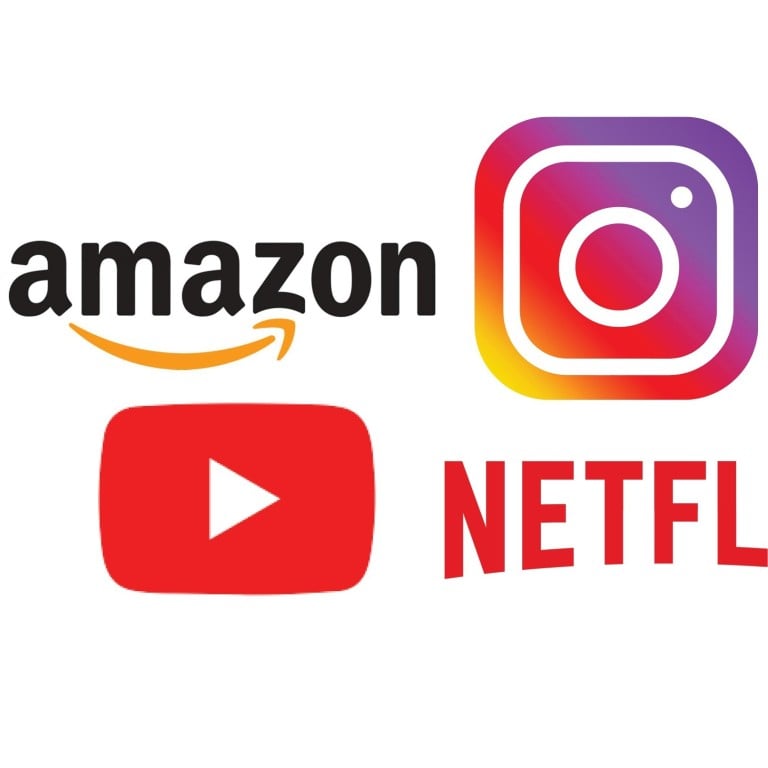The strange back stories of Instagram, YouTube, Netflix and Wikipedia – and Jeff Bezos’ blunders in naming Amazon

We rely on them every day for information, news and entertainment – but what do we know about the history of these companies that dominant the internet?
We rely on them every day for information, entertainment and communication. But how much do we really know about the mammoth tech companies that dominant the internet, stockpile our personal information and dictate what we read, see and hear? Let’s take a clinical look at five of the most influential web platforms in the world.
YouTube
Founded in 2005, YouTube is now the world’s pre-eminent video sharing website. But in its early concept stages, it could have turned out as a video version of Hot or Not.
For those fortunate enough to have never heard of it, Hot or Not was a website which allowed users to rate a woman’s attractiveness via uploaded photographs. Its success is even credited as an influence on the creation of both Facebook and YouTube.
Thankfully, the idea of a themed website was scrapped, as YouTube’s creators pivoted towards an open platform for all kinds of video content … after users struggled to find footage of Janet Jackson’s career-jeopardising wardrobe mishap at the 2004 Super Bowl.
In an alternate timeline, Instagram could have been a pandemic-perfect contact tracing app (sort of). Its immediate predecessor was location-based check-in app Burbn, which allowed users to plan meet-ups, then share geotagged and filtered photos of their hang-outs.
It won’t shock anyone who’s recently experienced contact tracing that Burbn’s users ignored the app’s tedious location-tagging features, and used it instead as a simple filter and photo-sharing app. After some retooling, Burbn was relaunched as Instagram in 2010, with co-founder Kevin Systrom’s portrait of a stranger’s dog as its maiden post (it was since deleted and re-uploaded, now appearing in third place on Systrom’s grid feed).
Wikipedia









